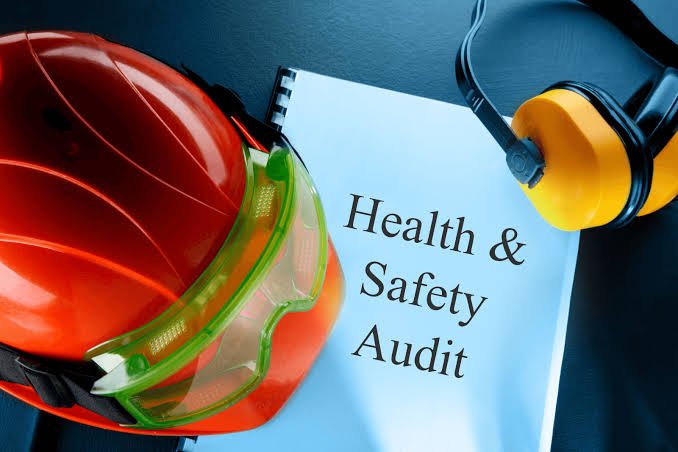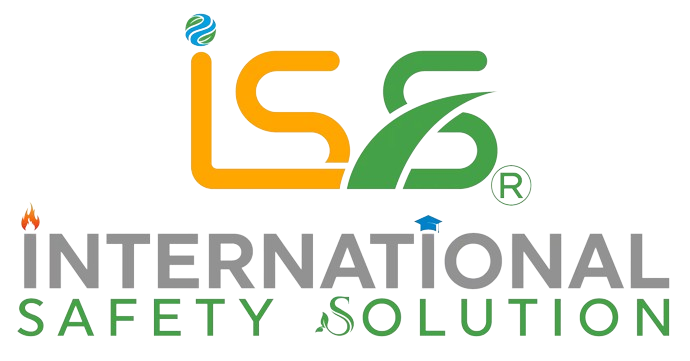Safety Audit
Safety Audit
I. Introduction
Definition of safety audits and their importance in identifying and mitigating workplace hazards
Explanation of the benefits of safety audits for employees and organizations
II. Audit Types and Formats
Explanation of the different types of safety audits, such as compliance audits, management system audits, and site-specific audits
Overview of the formats of safety audits, such as checklists, interviews, and observations
III. Audit Process
Explanation of the steps involved in the safety audit process, such as preparing for the audit, conducting the audit, and reporting the findings
Overview of the importance of involving employees in the audit process and ensuring a thorough and objective assessment of workplace hazards
IV. Audit Findings and Recommendations
Explanation of the importance of analyzing audit findings and making recommendations for improvement
Overview of the different types of recommendations that can be made, such as corrective actions, preventive actions, and continuous improvement initiatives

V. Benefits of Safety Audits
Explanation of the benefits of safety audits, such as identifying and mitigating workplace hazards, promoting a positive safety culture, and reducing the risk of incidents and injuries
Overview of the importance of using safety audits as a tool to continuously improve workplace safety and health
VI. Conclusion
Recap of the key points covered in the safety audit description
Emphasis on the importance of safety audits in identifying and mitigating workplace hazards, and the role of organizations in using safety audits as a tool to promote a positive safety culture and continuously improve workplace safety and health.

